Analysis of the measurement accuracy of the flatfoot measuring instrument
I. Accuracy performance of mainstream technologies
Capturing the three-dimensional shape of the foot through laser or infrared technology, the measurement accuracy can reach 0.5mm, and key parameters such as arch height and plantar curvature can be quantified, with an error rate significantly lower than the traditional visual method.
Supports full foot scanning, covering multi-dimensional data such as foot length, foot width, and arch area to avoid local measurement deviations.
Dynamic plantar pressure tester
Capturing static/dynamic plantar pressure distribution through high-density pressure sensors (usually containing hundreds to thousands of sensor points), with an accuracy of ±2%, it can identify high-pressure areas and pressure center offsets on the plantar.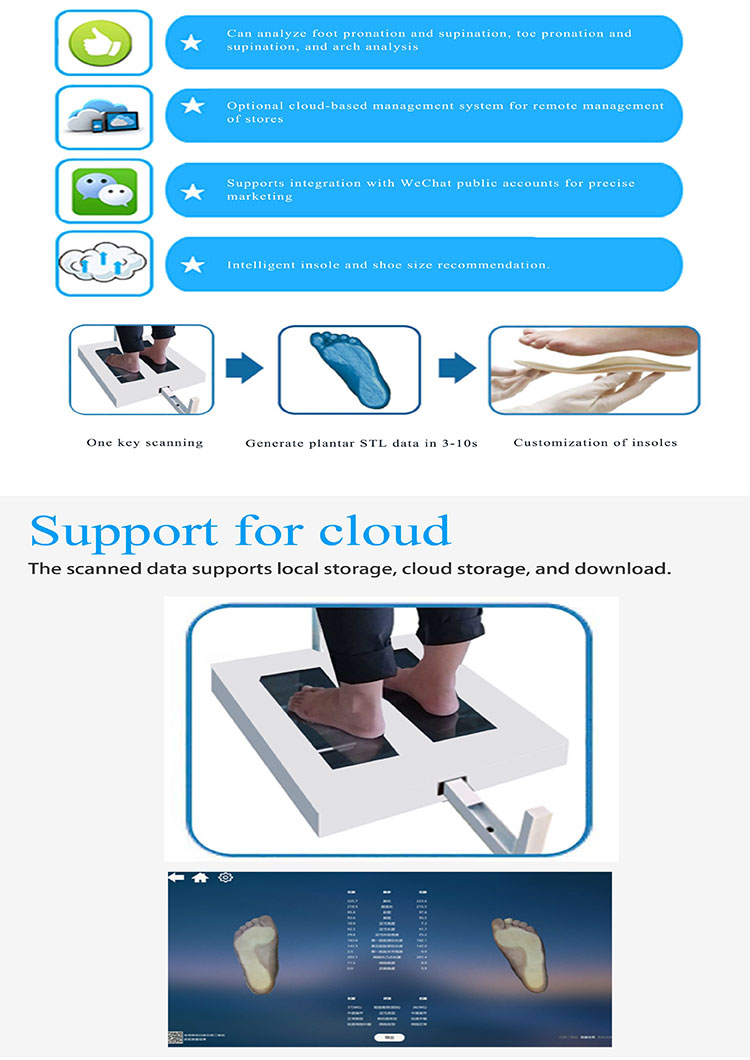
II. Core technologies for improving accuracy
3D structured light and multi-camera collaboration: Some devices use multiple depth cameras to scan synchronously to improve the efficiency of foot contour reconstruction and reduce motion artifact interference.
High-resolution sensor: The new scanner sensor density reaches 10-20 points/cm², which can detect subtle changes in sole pressure (such as local load-bearing abnormalities in early flat feet).
AI algorithm-assisted analysis: By comparing the foot database through machine learning models, the degree of arch collapse is automatically identified and graded (such as mild/moderate/severe flat feet), reducing manual interpretation errors.
III. Comparison of advantages in clinical applications
Measurement method: Traditional method (footprint method), accuracy error >5mm (highly subjective), data dimension: two-dimensional plane footprint. Applicable scenarios: preliminary screening
3D scanning/pressure tester, accuracy error ≤0.5mm (objective quantification), data dimension: three-dimensional morphology + dynamic pressure distribution, applicable scenarios: precise diagnosis, orthopedic program customization
IV. Usage restrictions and optimization suggestions
Children's measurement adaptability: Due to the high proportion of cartilage in the feet of infants under 3 years old, it is recommended to combine clinical palpation and scanning data for comprehensive evaluation.
Equipment calibration requirements: The sensor needs to be calibrated regularly (recommended every 6 months) to avoid sensitivity loss due to long-term use.

 +86-0755-86131192
+86-0755-86131192 2025-03-14
2025-03-14 Back to list
Back to list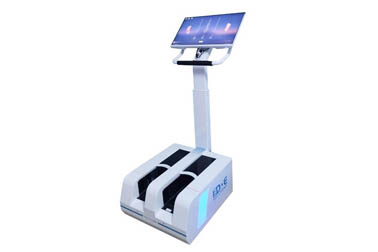
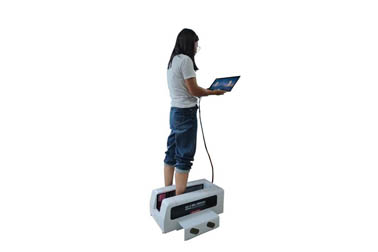
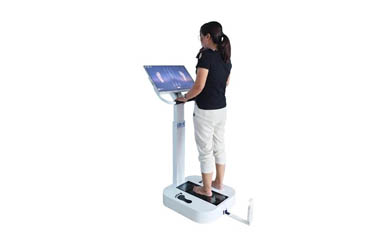
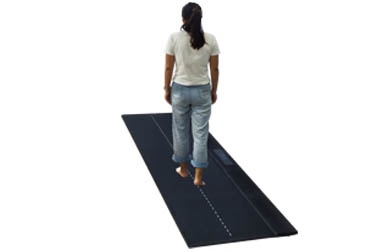
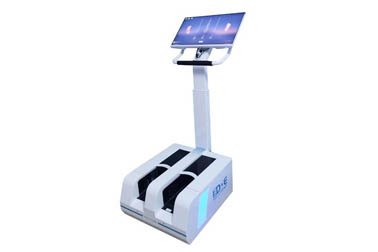
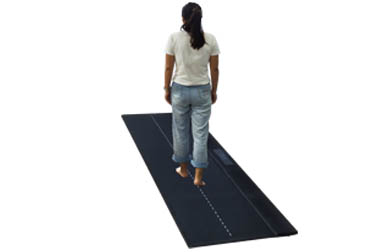



 +86-0755-86131192
+86-0755-86131192